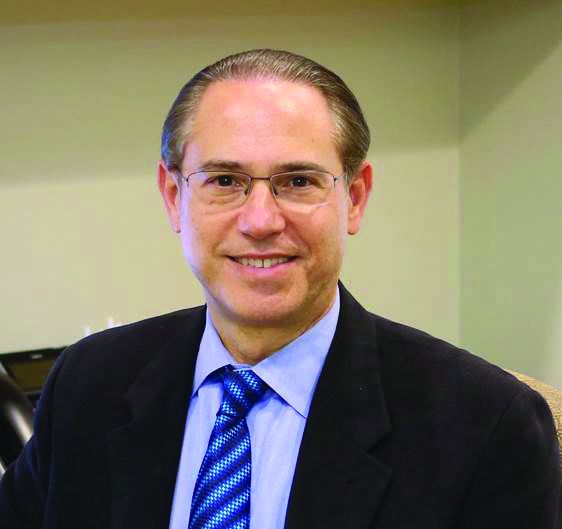As specialists, we lead. We lead in innovative diagnosis and therapeutics, implementation of state-of-the-art technology and, most importantly, quality of patient care. I say that as much as a reminder to myself as I do to my specialist colleagues. Because, to paraphrase Bob Dylan’s song, “The times they are a-changing.”
So, what’s happening? In the most general sense, much of what we do clinically today involves digital technology, one way or another. From archwires to aligners, from lingual treatment to IDB, there is almost always a digital option for us to choose at every stage of treatment.
There is no question that these new technologies afford us expanding opportunities to deliver predictable and optimal outcomes through enhanced diagnostic and therapeutic capabilities, achieving new levels of efficiency, predictability, and precision.
As orthodontists, we tend to be creative and independent-minded as we seek better ways to care for our patients. Direct bonding was a major innovation not so long ago. Now virtually all of us do it. Esthetic brackets formed in plastic or ceramics have become standard, something that would have been hard to imagine in 1970. Wire formulations have become much more sophisticated — and continue to do so — giving us all a broader armamentarium in tooth movement. Even digitally produced aligners, something many, if not most of us, resisted back in the day, have become a standard treatment option.
 Dr. Mark Feinberg
Dr. Mark Feinberg
One of the most dynamic and interesting things about this course of constant change and refinement is that much of it has been driven by one of our own. Just go down the list of bracket prescriptions developed by our brilliant colleagues. And even as we make our choices, many of us can’t refrain from tweaking what comes from our manufacturer friends to make it our own. That probably includes you.
It’s this path of clinical innovation that’s a defining characteristic of orthodontics in the diagnosis and treatment of our patients. Our predecessors achieved excellent results with fully banded cases and, in the process, began creating new expectations of results — faster, more comfortable, more predictable — and better.
Today, as many of our minds have the digital switch flipped, most of us are using many of the different technologies now available. I have integrated the suresmile® system in my practice, the state-of-the-art technology digital treatment system that gives me more flexibility, and precision than I’ve ever had. For diagnostics, planning, and treatment, it’s invaluable and incredibly powerful. Using a digitally designed series of archwires, I’m able to move teeth more predictably than I would have ever thought possible. I also use aligner therapy when it is an appropriate clinical choice, and my treatment goals for our patients can be achieved. Using a hybrid approach of aligners in conjunction with brackets and wires has also provided synergies in our practice, which heretofore were not possible. If you choose CBCT integration, you’ll be able to visualize root, bone, and the safety profile of projected tooth movement.
Yes, the times are changing, and I have no doubt that they are changing for the better, for both orthodontists and our patients. The power of digital and the appropriate digital tool sets dramatically advance our ability to deliver excellence in orthodontic care to our patients — and that’s something we should all be passionate about.
Stay Relevant With Orthodontic Practice US
Join our email list for CE courses and webinars, articles and mores


